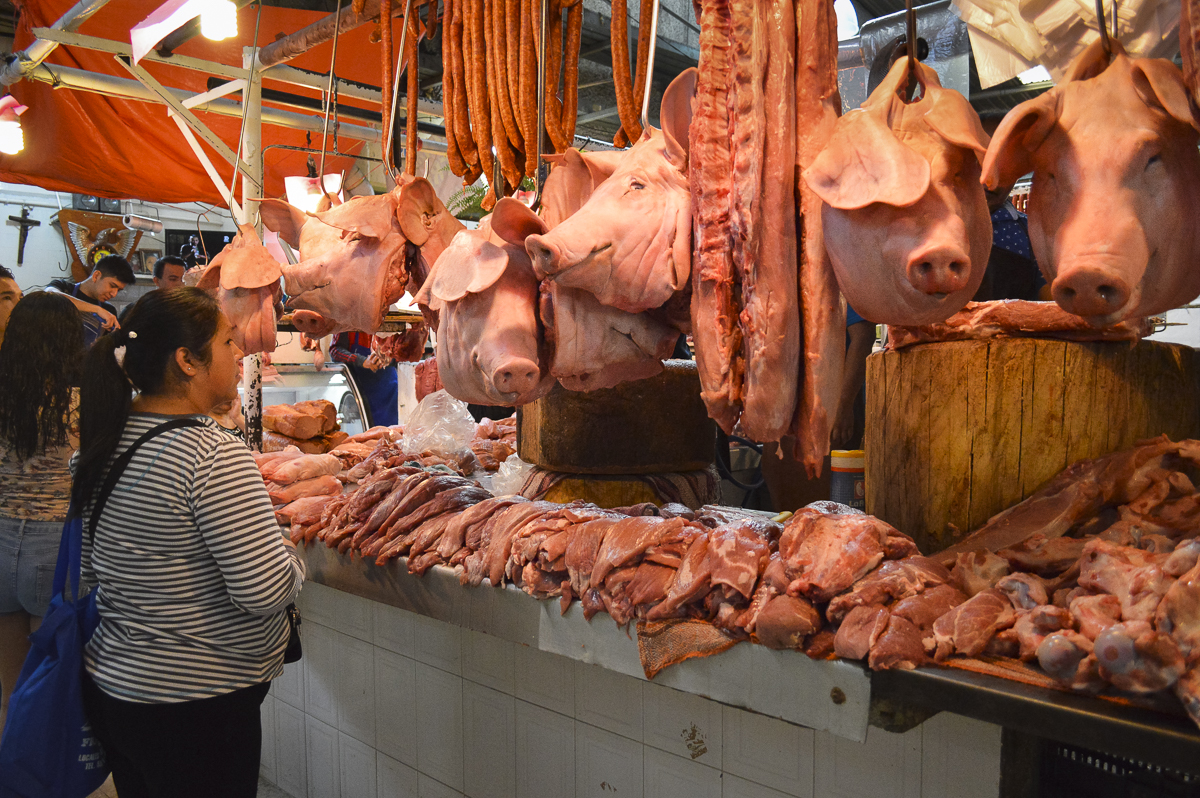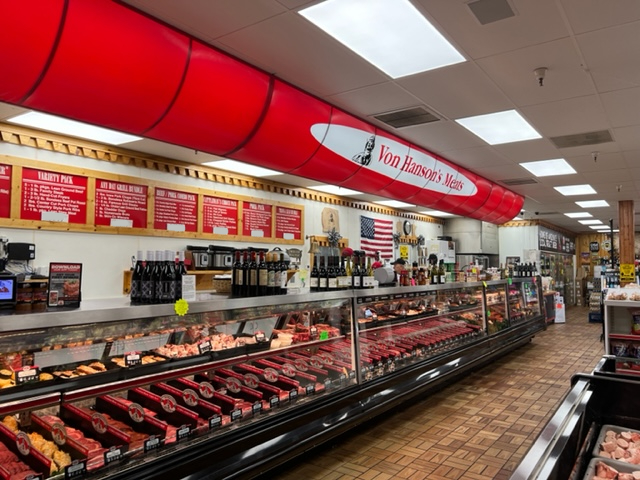Bagley Farms Meat Market Edwardsville IL: Your Relied On Resource for High-Quality Meats
Bagley Farms Meat Market Edwardsville IL: Your Relied On Resource for High-Quality Meats
Blog Article
Discover the Art of the Butcher's Cut in a Modern Meat Market
In the ever-evolving landscape of contemporary meat markets, the butcher's cut has transcended its traditional origins, combining age-old craftsmanship with modern techniques. What absolutely establishes the modern-day butcher apart is their capability to forge a deeper connection between customers and the beginnings of their meat.
Advancement of Butchery Methods
The evolution of butchery methods shows a rich tapestry of innovation and adjustment driven by innovations in modern technology, adjustments in consumer demand, and a deeper understanding of meat science. Historically, butchery was a craft gave through generations, with approaches developed over centuries to optimize yield and flavor. The commercial change ushered in mechanization, transforming standard techniques and enabling massive processing.
The mid-20th century saw butchery methods even more fine-tuned by scientific understandings right into muscular tissue biology and meat aging, boosting both tenderness and taste. Advancements like vacuum product packaging and refrigeration extended item shelf-life, permitting butchers to expand offerings and enhance quality assurance. This duration additionally marked the surge of customized equipment, such as band saws and meat slicers, which enhanced precision and performance in meat handling.

Digital systems now assist in tracking animal provenance and maximizing cuts to satisfy certain customer choices. In addition, a rebirth in artisanal butchery has actually arised, mixing traditional abilities with modern expertise to provide to customers looking for moral and sustainable meat alternatives.
Comprehending Meat Cuts
Comprehending the complexities of meat cuts is necessary for both butchers and consumers seeking high quality and value. Each cut originates from a various component of the animal, presenting one-of-a-kind tastes, textures, and food preparation methods - bagley farms meat market edwardsville il. Mastery of these differences not just enhances cooking experiences yet additionally makes best use of the utility of each carcass. For butchers, specific cuts show ability and regard for the craft, making sure marginal waste and optimal yield.

Recognizing muscular tissue structure is vital; muscles made use of more often by the animal often tend to be harder and are best fit for slow-moving cooking methods, while less-used muscles, like those located in the loin, are extra tender and perfect for cooking or roasting. Experience with these differences encourages customers to make educated options, improving their culinary ventures.
Selecting High Quality Meat
Selecting the appropriate meat includes more than just selecting an aesthetically attractive piece from the screen. The art of choosing quality meat requires a critical eye and expertise of specific qualities that indicate freshness and excellence.
Second of all, think about the marbling, which refers to the white flecks of fat within the muscle. Proper marbling is a crucial indicator of inflammation and flavor, as it melts during food official statement preparation, enhancing the meat's juiciness. Keep in mind, higher marbling usually correlates with exceptional quality cuts, such as USDA Prime.
Texture is another critical element; meat must feel firm to the touch, not slimed or overly soft. Furthermore, bear in mind the scent. Fresh meat should have a tidy, neutral smell, devoid of any sour or off-putting odors.
Combining Cuts With Cooking Approaches

On the other hand, harder cuts like brisket and chuck roast are rich in collagen, which damages down right into gelatin when prepared slowly. These cuts are excellent for braising or slow-moving roasting, permitting the meat to tenderize gradually and create deep, complex tastes. In a similar way, cuts such as brief ribs and pork shoulder prosper with slow-cooking approaches, where extended cooking times transform their robust structures into succulent dishes.
Lamb shanks and oxtail, which call for long term food preparation to soften, are best candidates for cooking or sluggish simmering. These methods coax out abundant, passionate flavors while keeping wetness. By comprehending the special characteristics of each cut, chefs and home chefs alike can raise their cooking creations, making sure each meal is both pleasing and memorable.
The Butcher's Duty Today
Browsing the progressing landscape of the modern-day meat market, the butcher's duty today prolongs past plain preparation of cuts. Contemporary butchers are browse around these guys culinary artisans, teachers, and advocates for lasting techniques. They bridge the gap in between the farm and the fork by ensuring honest sourcing, recognizing pet husbandry, and prioritizing transparency in the supply chain. This shift reflects the expanding consumer demand for high quality over quantity, where provenance and pet well-being are extremely important.
In addition to crafting specific cuts, butchers now involve directly with consumers, using cooking guidance and tailoring selections to match individual needs and preferences. Their knowledge in meat aging, marbling, and flavor accounts equips consumers to make enlightened decisions, boosting their culinary experiences. This individualized solution exhibits the butcher's evolving role as a relied on expert in the cooking area.
Moreover, butchers are essential in decreasing waste, utilizing whole pets to create varied products such as sausages and supplies. This thorough strategy not only respects the animal yet also straightens with modern sustainability goals. This way, the modern-day butcher embodies both tradition and technology, adjusting to an ever-changing market while protecting the artistry and integrity of their craft.
Final Thought
The modern butcher's craft elaborately weaves conventional techniques with modern-day technologies, highlighting sustainable techniques and honest sourcing. Mastery in comprehending varied meat cuts and quality indications equips butchers to offer educated recommendations, aligning details cuts with ideal food preparation techniques. This proficiency not only elevates culinary experiences but additionally enhances the connection in between consumers and the origins of their food. By honoring historic methods while embracing modern demands, the butcher's duty continues to be essential in today's innovative meat market (bagley farms meat market edwardsville il).
Report this page